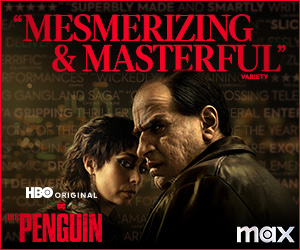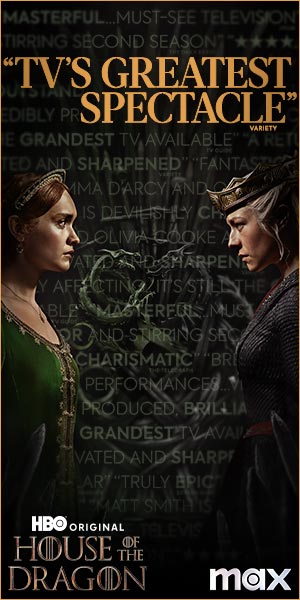By TREVOR HOGG
Following in the career footsteps of his father, Jim Schwalm, who received a VES Award nomination for Spider-Man 2, J.D. Schwalm stood on the stage of the Dolby Theater to receive the Oscar for Best Visual Effects for First Man. Along with being a respected artist, he is also an astute businessman who founded Innovation Workshop in Los Angeles and subsequently branched out to Atlanta, where he currently lives with his family.
“At the age of 19, I was working at a high-performance automotive shop filled with race cars,” says Schwalm. “My dad called and asked if I would like to go work on a movie in Hawaii over the summer. I said, ‘yes’ and never looked back.”
Visual effects have increased, rather than diminished, the need for practical elements, notes Schwalm. “The first Spider-Man film is when I first realized that visual effects were actually going to make our job more important,” notes Schwalm. “When doing movies like Hobbs & Shaw, it’s important to embrace the visual effects element because the audience is expecting massive-scale explosions and gags. We try to do everything practically in-camera and then hand it over to the CG guys for enhancement. When you shoot a car into a building or flip a car at high speeds practically, it gives the CG guys a template to follow and allows them to make it bigger, better and, in the end, feel more realistic.”


















